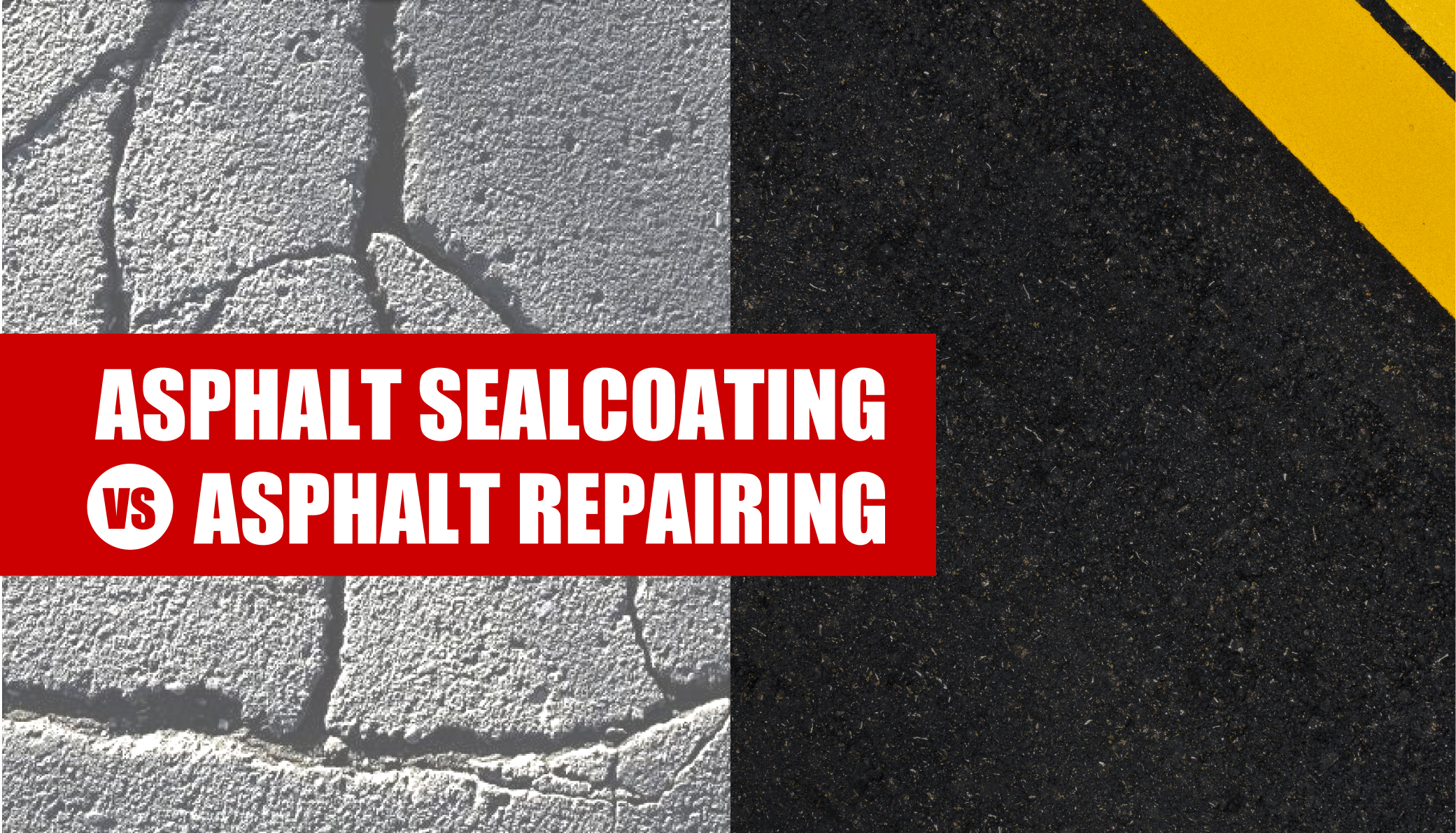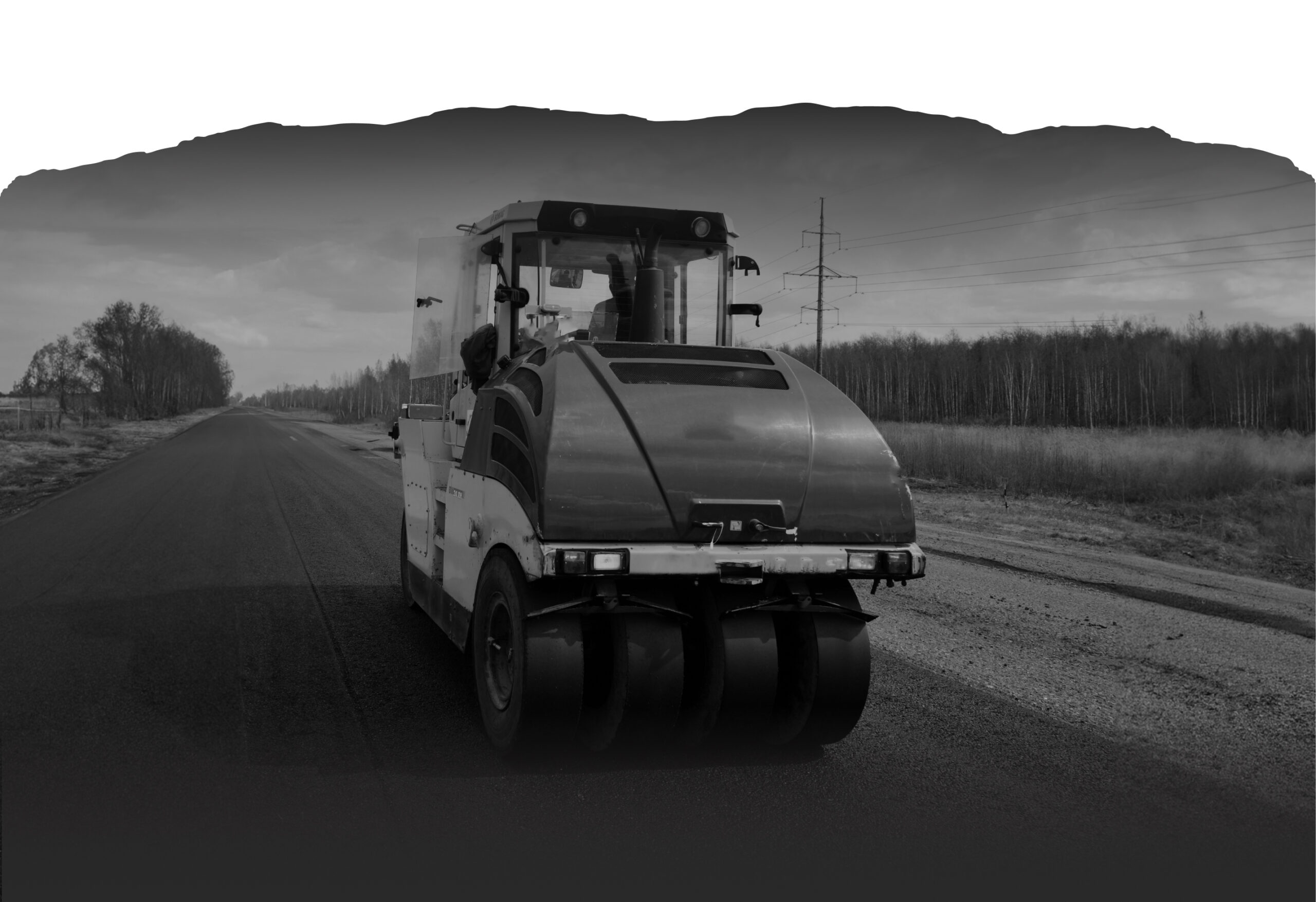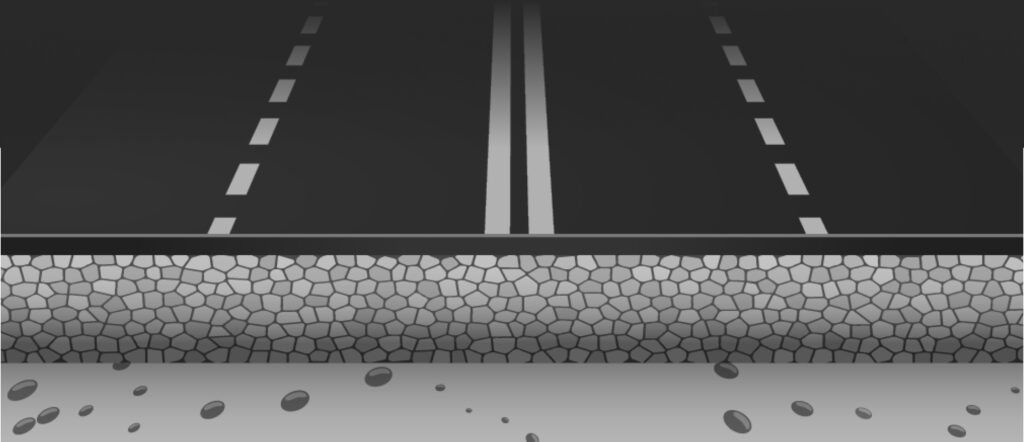Asphalt Sealcoating Vs. Asphalt Repairing

Asphalt maintenance covers a wide range of techniques, and two essential methods stand out: asphalt sealcoating and asphalt repairing. Freshly paved asphalt surfaces are often sealed as soon as possible as an extra preventative measure. Older surfaces utilize asphalt repair techniques such as crack filling and pothole repair to address existing issues. Depending on the condition or stage of your asphalt, you’ve probably already investigated one of these two methods. However, is one method better than the other in terms of asphalt preservation? The chances are that a mixture of both methods is best, as asphalt sealcoating and repair often go hand in hand. In this blog we’ll discuss what asphalt sealcoating and repairing are, the pros and cons of each method, and how to decide which method to choose for your asphalt surface.
What is Asphalt Sealcoating?
Asphalt sealcoating is a liquidized mixture of bitumen and chemical additives applied to asphalt surfaces as a protective layer. Sealcoatings are either applied by spraying or rolling the liquid mixture across the top layer after the asphalt has fully cured at around 90 days. Some asphalt materials, such as RockAsphalt©, can be sealed just 30 days after application. These liquid top coats shield the pavement from natural elements such as water penetration, UV damage, and oxidation. They also help protect against the wear and tear that asphalt surfaces experience from traffic.
Sealcoating can quickly become expensive, but this additional step is ideal for proactively maintaining asphalt surfaces and preventing minor issues, such as cracks and potholes, from escalating into costly repairs. Depending on the type of asphalt sealcoating used, reapplication is recommended every 2-5 years.
Types of Asphalt Sealcoating Products
There are various types of asphalt sealcoatings available, each offering their own set of benefits and drawbacks. While all sealers form a protective top layer, factors such as weather-resistance, UV-resistance, application, durability, and price become the major differentiators. Water-based sealcoatings offer flexibility and a dry quickly but aren’t as durable or weather-resistant as oil-based. Acrylic-based asphalt sealcoatings are UV-resistant, weather-resistant, and come in a wide array of color options, but are some of the most expensive sealcoatings on the market. Coal tar emulsion is one of the most inexpensive options but is banned in many areas for containing carcinogens.
The type of asphalt sealcoating you choose will primarily come down to your specific use case. For a more in-depth look at the different types available, read our blog on calculating ROI with asphalt sealers.
Pros of Asphalt Sealcoating
Asphalt sealcoating’s primary function is to protect pavement from natural elements and wear and tear, but there are additional benefits as well. While sealing a surface is an additional upfront cost, the extra protective layer can extend the life of your pavement and help prevent frequent repairs. Unsealed asphalt is prone to cracking, expanding, and the formation of potholes. Additionally, sealcoating can increase the aesthetic of your pavement, adding a shine and uniformity to the surface.
Cons of Asphalt Sealcoating
While asphalt sealcoating works to protect the top layer, it does not fix any underlying issues with the pavement itself. Even with a protective top layer applied, asphalt that hasn’t properly cured or isn’t compacted well can still cause deterioration in the pavement. That’s why it’s crucial to use quality asphalt repair materials like RockAsphalt© and proper paving techniques before sealcoating your surface. Like paving, sealcoating also relies on proper application. Factors such as curing time, weather, and the quantity of sealcoating applied need to be considered for optimal performance. Asphalt sealcoating is also an ongoing expense, as it is recommended to reapply every 2-5 years.
What is Asphalt Repair?
While sealcoating focuses on prevention, asphalt repairing is the process of rectifying existing damage to ensure the safety and functionality of the pavement. From large-scale resurfacing projects to filling small cracks, asphalt repair includes a wide range of situations, products, techniques, and equipment. Most asphalt repair products consist of a mixture of crushed rock, gravel, or sand, and a petroleum byproduct known as bitumen, which acts as a binder to hold the mixture together.
The severity and frequency of asphalt repairs also heavily ranges. Deterioration of pavement is dependent on traffic, weather, and the quality of the asphalt used. Repairing asphalt with quality materials and proactive maintenance not only enhances the visual appeal of existing pavement but also prolongs the life span, reducing the need for frequent repairs and costly replacements.
Types of Asphalt Repair Products
Asphalt repair products encompass a variety of materials including crack fillers, pothole patches, and permanent paving materials. Each type is uniquely engineered to address specific damages and comes with their own set of applications, techniques, and use cases.
Crack fillers are a flexible mixture of bitumen and sand that work to seal cracked asphalt and reduce further expansion but are only used as a temporary measure. In cold climates, where more permanent options aren’t readily available, cold mix is used to quickly patch potholes. The most common form of asphalt, hot mix, is used for repairs of all sizes. However, hot mix has a limited window of application, as the material will fail to set in temperatures below 55°F. RockAsphalt©, while not designed for filling cracks, can perform permanent repairs ranging from small potholes to large-scale resurfacing projects. What makes our material unique is its ability to maximize permanent repairs in colder weather regardless of temperature, when materials like hot mix are unusable.
Pros of Asphalt Repairing
Repairing asphalt is the bedrock of all asphalt maintenance. By proactively repairing asphalt, existing surfaces can last longer and avoid costly replacements. Rather than only providing surface level protection like sealcoating, asphalt repairs address underlying issues with the pavement. When surfaces are maintained with quality materials and proper techniques, the life span of existing pavement can be extended for years. In most cases, asphalt repairs are significantly cheaper and faster than applying a sealer, especially when it comes to smaller deteriorations such as cracks and potholes.
Cons of Asphalt Repairing
Many of the problems associated with repairs revolve around the limitations of the materials and the required resources. Crack fillers and cold mix patches only provide temporary fixes. These materials are frequently reworked, essentially causing redundant repairs. Traditional hot mix, known for its permanence, demands significant resources, manpower, and ideal weather conditions. Whereas asphalt sealcoating is an optional maintenance step, repairs are unavoidable. Using low quality or traditional asphalt repair materials can be inefficient, frequent, and expensive.
Asphalt Sealcoating VS Asphalt Repairing: Choosing the Best Method
Whether it’s fixing cracks in parking lots or resurfacing municipal roadways, asphalt repair is essential to asphalt maintenance. Asphalt sealcoating can be a wise addition to further protecting your surfaces but does not address underlying problems with the pavement.
Deciding which method is right for you comes down to the condition of the pavement itself. Freshly paved surfaces are ideal for sealcoating, but coating damaged surfaces will not fix the root of the problem. Repairing the existing asphalt with quality materials and proper techniques is a crucial first step before sealers can be applied. In summary, both methods play essential roles in asphalt maintenance, but preceding sealcoating with quality repairs will contribute to the longevity and overall performance of your asphalt surfaces.

Ready to do road repairs the fast & easy way?
RockAsphalt© replaces cold and hot mix making road repair of all sizes fast, clean, simple and permanent the first time.
Try it for yourself and learn why crews love it.
Get your free sample bags and have your team see how fast and easy it is to permanently fix potholes.


